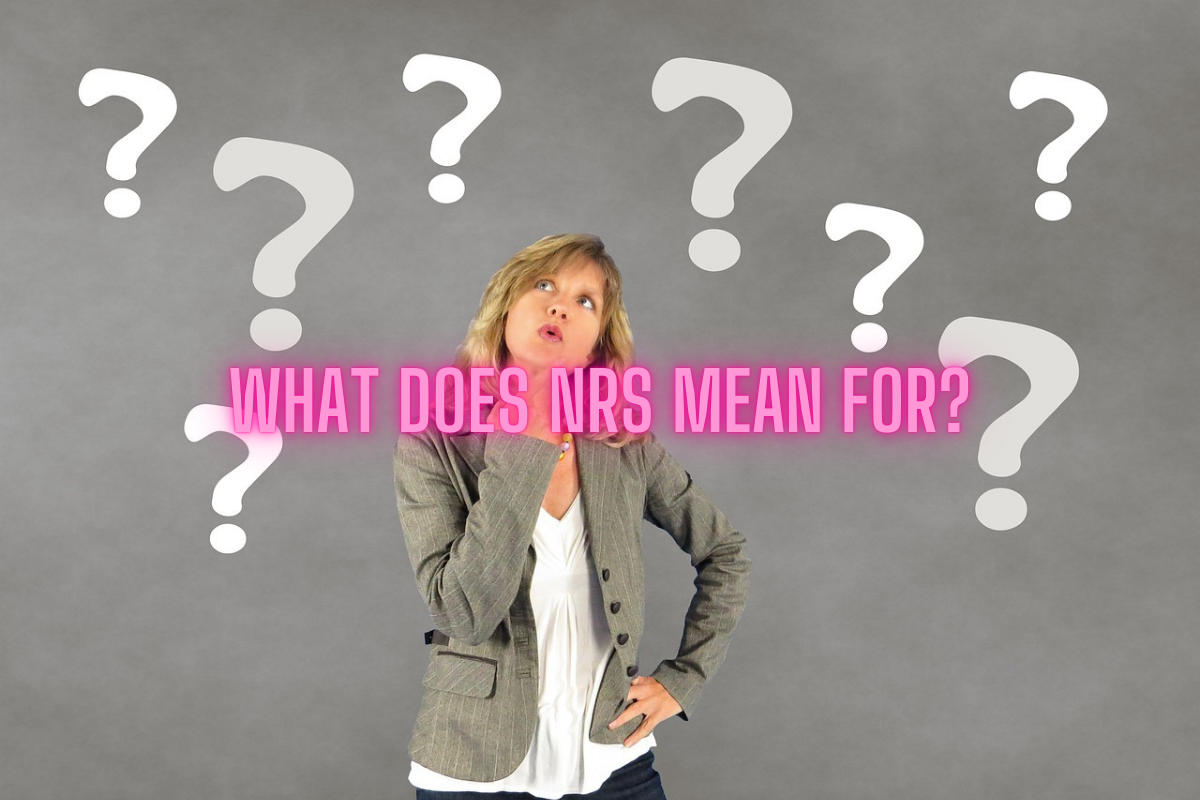We live in a digital culture where the traditional art of putting pen to paper has been significantly replaced by typing messages onto screens. In this rapidly advancing world, brevity has become critical. For quick communication, we use modern slang, acronyms, and emojis. Snapchat, being one of the engaging social media platforms, has brought about a variety of terms. One such shortcode often used is “NRS.” If you have seen this term and wonder what it means, this expanded discourse will clear things up for you.
Decoding the Slang: What Does NRS Mean?
Primarily employed on Snapchat, NRS is an acronym for “No Replies, Sorry,” used to indicate that the user is unable or unwilling to respond to incoming messages. Despite its frequent usage on Snapchat, it’s also common in other social media domains like Instagram, Facebook, and WhatsApp. It’s a brief, polite, and convenient way to communicate the state of unavailability or unwillingness to engage in digital conversation.
The Many Scenarios of ‘NRS’
The use of NRS manifests in many different contexts, aligned with the varied reasons why a person is unavailable to respond. Let’s take an immersive look at some common scenarios:
- Busy Routine: In today’s fast-paced life, we all have those moments when we are swamped with work, homework, or personal obligations that leave little to no time for social interaction. In these cases, using NRS can help communicate a lack of bandwidth to engage in conversations.
- Emotional State: There may be times when we are too emotionally drained or stressed to carry on a conversation. In that situation, using NRS portrays the need for respite subtly.
- Connectivity Issues: With unreliable internet reception or limited mobile data, on certain occasions, people use NRS to inform others that their digital reachability is limited.
- In Need of Privacy: When users need solitude or a break from virtual social interactions, they might resort to NRS to imply their need for personal space.
- Device-Related Issues: If someone’s device is about to run out of battery or is facing technical problems, they might use NRS to indicate their temporary communication blackout.
The Art of Using NRS Tactfully:
While using NRS can be beneficial to express your inability to communicate, it is important to use it in a thoughtful way. Here are a few respectful ways to use NRS correctly:
- Be Empathetic: When sending an NRS, consider how it might be received. Providing a quick explanation as to why you’re unable to reply can go a long way in avoiding misunderstandings.
- Consider the Timing: Using NRS in a time-sensitive scenario or when someone needs your emotional support isn’t ethical. Use your judgment to assess the situation before resorting to NRS.
- Use it Sincerely: NRS should not be used as an excuse to selectively avoid certain individuals or discussions. Its lenient use can deteriorate your communication relationships over time.
Respect the “NRS”
When you see “NRS”, it’s important to respect the sender’s wish for no replies. Just enjoy the moment they’ve shared and move on. Attempting to engage in conversation when someone has clearly indicated they’re not open for discussion may come off as disrespectful or intrusive.
It’s also important to remember that the “NRS” request isn’t personal. It doesn’t necessarily indicate that the sender doesn’t want to talk to you specifically, but rather that they might not have the time or energy to engage in a conversation at the moment.
Frequently Asked Questions (FAQs) About NRS On Snapchat
Q1: What does “NRS” stand for on Snapchat?
A: “NRS” on Snapchat stands for “No Replies Snap.” This acronym is used when a Snapchat user doesn’t want to receive replies to the snap they are sending for various reasons.
Q2: Why do people use “NRS”?
A: People use “NRS” to set a boundary for interaction when they share a snap, as they might not be able or willing to engage in a conversation at that particular time. It provides a way for the user to share a moment without the obligation of having a discussion about it.
Q3: What should I do if I receive a snap with “NRS”?
A: If you receive a snap with “NRS”, it is best to respect the sender’s wishes and not reply to the snap. Enjoy the shared moment and move on. The sender will most likely appreciate your understanding and respect for their boundaries.
Q4: Is “NRS” used only on Snapchat?
A: While “NRS” is frequently associated with Snapchat, the acronym may occasionally be used on other platforms too. However, it generally refers to the same concept of not wanting replies to the shared content.
Q5: Does “NRS” mean the sender doesn’t want to talk to me personally?
A: Not necessarily. The use of “NRS” is not aimed at any specific person. It simply means that the sender may not have the capacity or desire to engage in conversation at that time. It is crucial to not take it personally and to respect their wishes for no replies.
Q6: Can I use “NRS” on other social media platforms or in text messages?
A: While “NRS” is most commonly associated with Snapchat, you can also use the term on other platforms or in text messages if you feel the need to convey the same message of not wanting replies. However, it’s always better to communicate your intentions more directly in such cases, as some people may not understand the acronym outside of Snapchat’s context.
In Conclusion
Understanding Snapchat acronyms such as “NRS” not only improves your Snapchat experience but also helps you navigate the platform in a more respectful way. If you’re ever unsure about what an acronym means, it’s best to err on the side of caution and simply enjoy the snap without trying to engage in conversation. Remember, Snapchat is all about sharing moments without necessarily requiring a conversation every single time. Embrace the moments, respect other users’ wishes, and you’re sure to maximize your Snapchat experience!

